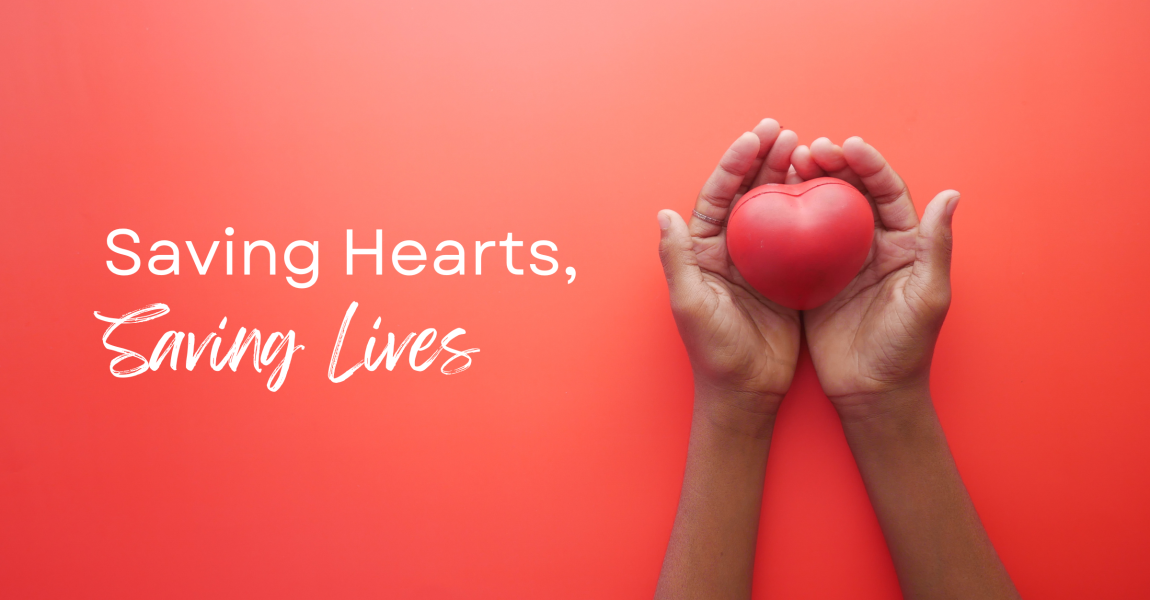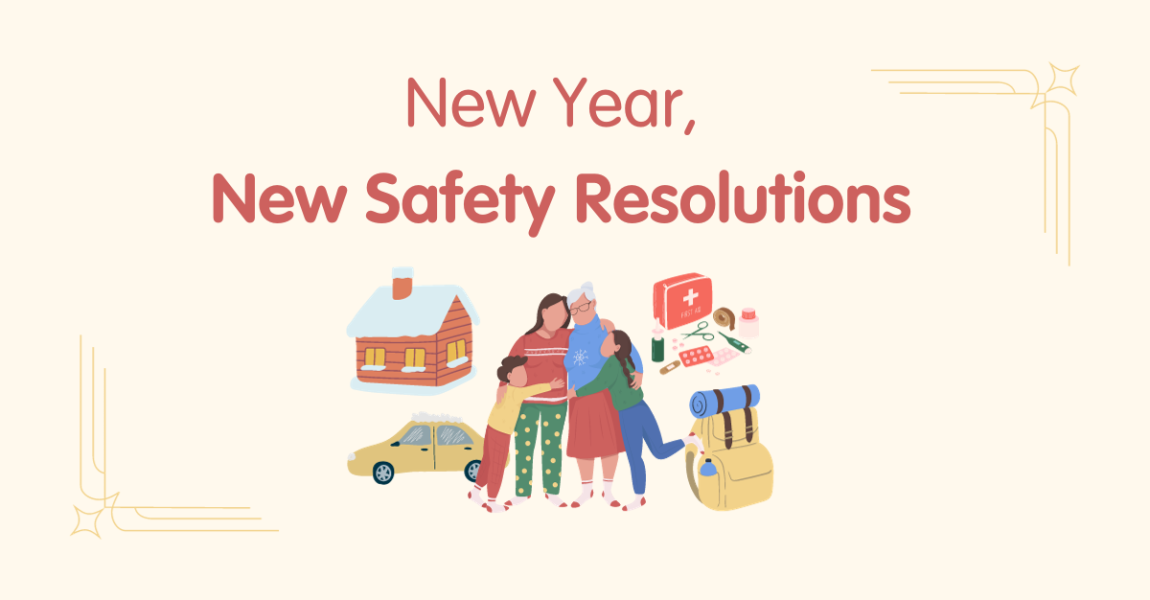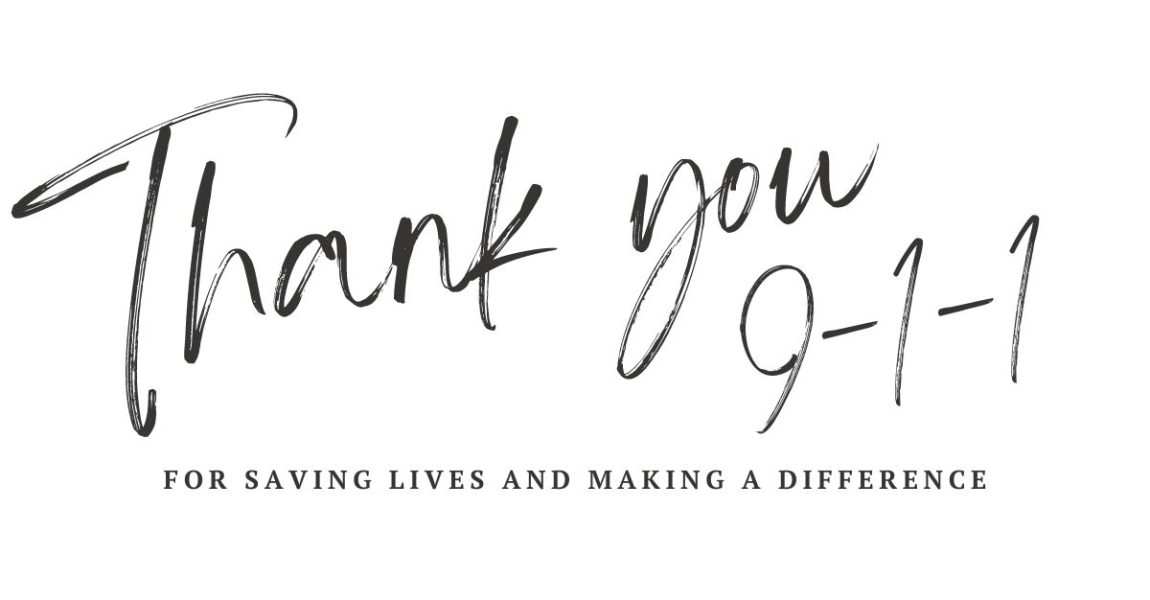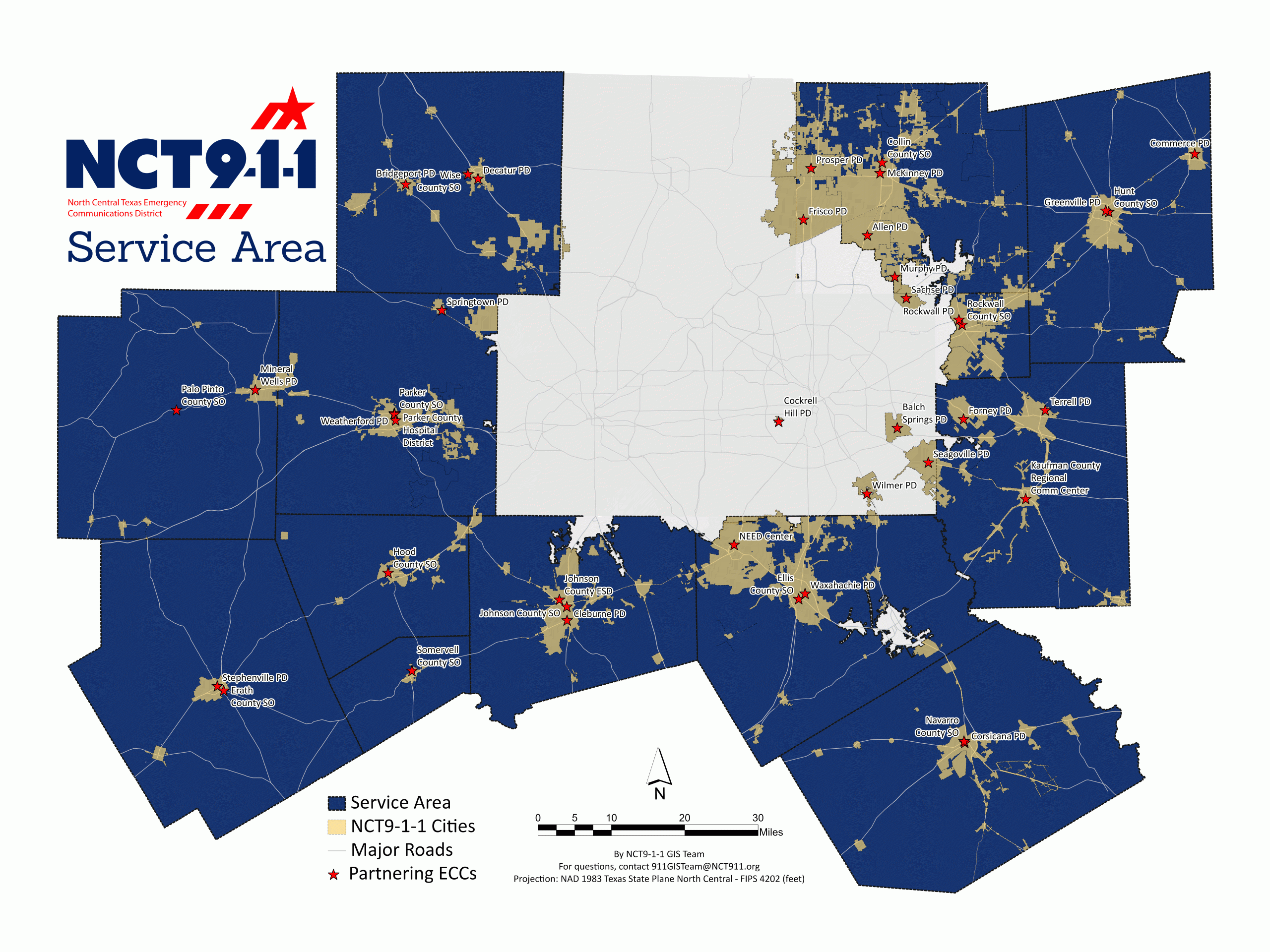The 2024 Total Solar Eclipse: Tips for Safe Viewing
On April 8, 2024, a remarkable astronomical event will unfold in the skies above Texas and several other states across North America —a total solar eclipse. This phenomenon occurs when the Moon passes between the Sun and Earth, casting a shadow that sweeps across the planet. In Texas, cities like Dallas-Fort Worth (DFW) will be treated to a rare spectacle, as the Moon completely obscures the Sun for a few precious minutes.
What is a Total Solar Eclipse? A total solar eclipse occurs when the Moon moves between the Sun and Earth. The Moon blocks the light from the Sun and casts a shadow onto Earth. For the 2024 total solar eclipse, several major cities in Texas, including the DFW metroplex, will be within the “path of totality.” This means that Texas is one of the lucky states where observers of the solar eclipse will be in the direct line of darkness, when the Moon completely covers the Sun. For most areas of DFW, this will last for approximately two to four minutes. To view the full schedule, visit NASA’s information page here or the National Eclipse informational page here.
Safety First: One of the most crucial aspects of viewing a solar eclipse is protecting your eyes. Looking directly at the Sun, even when it’s partially obscured by the Moon, can cause serious eye damage or even blindness. Therefore, it’s imperative to use specially designed eclipse glasses or viewers that meet the ISO 12312-2 international safety standard. Regular sunglasses are not safe for viewing a solar eclipse.
What to Expect: During the eclipse, you may notice a drop in temperature and an increase in wind speed. Animals and insects might also exhibit unusual behavior. Pets may become anxious, bees might return to their hives, and nocturnal animals might emerge. It’s important to remain calm and observe these changes respectfully.
Impact on Communities: Communities within the path of totality often experience a surge in population due to visitors flocking to witness the eclipse. This influx of people can lead to increased traffic, potential accidents, and an uptick in non-emergency calls to 9-1-1. It’s crucial to reserve 9-1-1 for true emergencies to ensure that those in need receive prompt assistance.
When and Where to Watch: The 2024 total solar eclipse will occur on April 8, between 12 p.m. and 3 p.m. CT, with DFW experiencing the eclipse within the path of totality. To find out the exact timing for your location and to view events in the DFW metroplex, consult the Eclipse Events Dashboard or NASA’s information page.
How to Safely View the Eclipse:
- Use proper eye protection, such as eclipse glasses or handheld viewers.
- Consider indirect viewing methods, like pinhole projectors, if you don’t have eclipse glasses.
- If photographing the eclipse, use a solar filter and never look through the viewfinder without protection.
- Stay aware of your surroundings, especially in crowded or unfamiliar areas.
- Keep pets indoors to protect their eyes from the Sun’s harmful rays.
The 2024 total solar eclipse offers a rare opportunity to witness one of nature’s most spectacular events. By following safety guidelines and respecting the impact on communities, you can enjoy this celestial show while ensuring a safe and memorable experience for all.
This blog post was created with assistance from ChatGPT, an AI language model developed by OpenAI.




